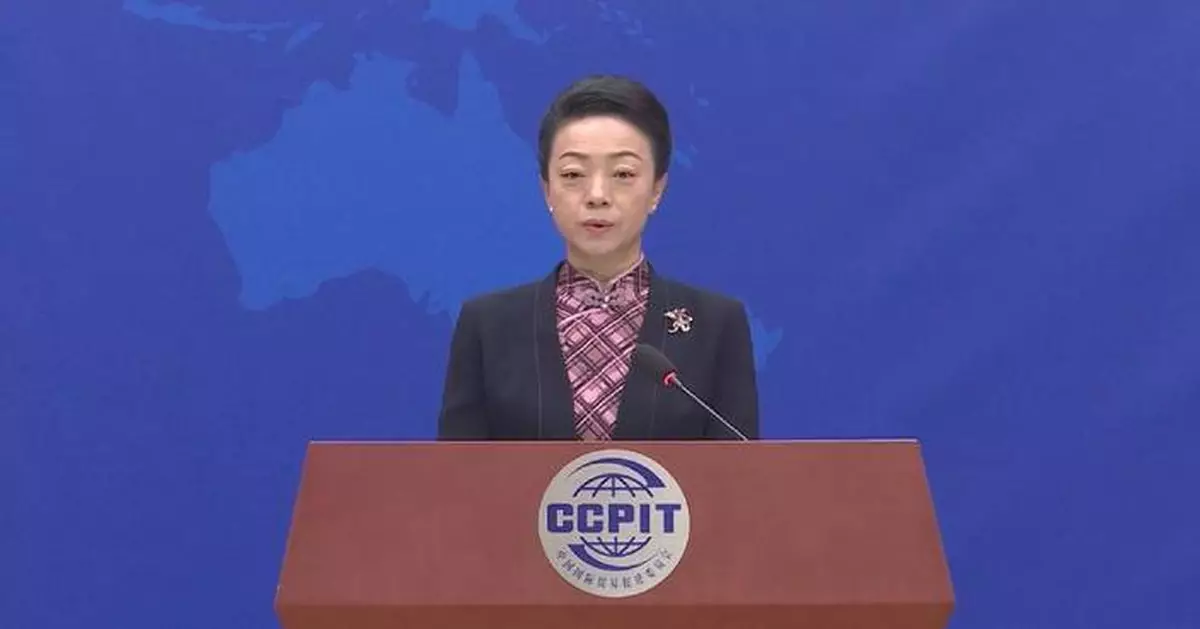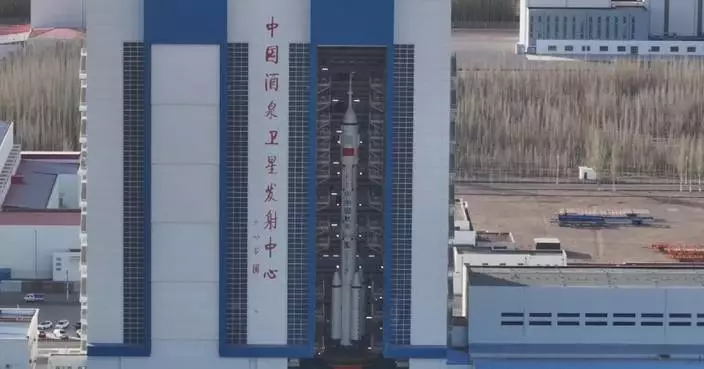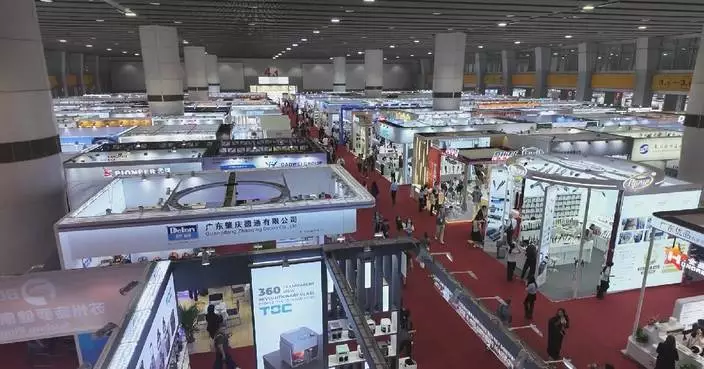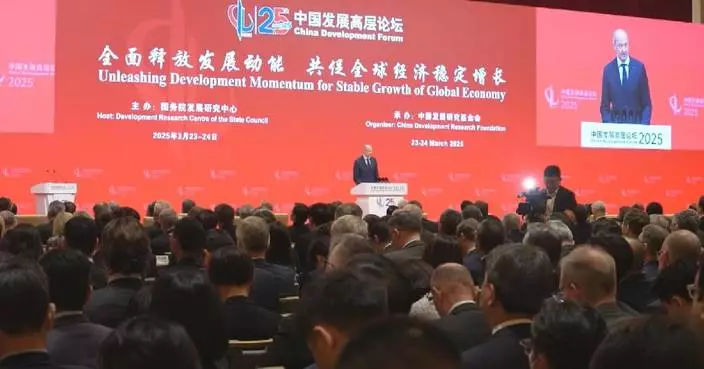The China Pavilion for the 2025 World Exposition in Osaka City, western Japan, has finished the construction of its underground foundation, unrolling the installation of its aboveground steel structure, said a spokeswoman of China Council for the Promotion of International Trade (CCPIT) Friday.
The China pavilion is one of the largest self-built pavilions of foreign countries attending the 2025 World Exposition, which is scheduled to run for six months from April 13 through Oct 13 next year.
Starting its construction on Feb 2, the pavilion has drawn much attention from both China and other countries.
Reporting that the underground foundation has finished construction, Zhao Ping, the spokeswoman of CCPIT, added that "the China Pavilion has smoothly started the installation of its aboveground steel structure, achieving a significant progress in its construction."
The parts that make up the steel structure of the main body of the China Pavilion were all manufactured in China and currently, they are being set up together in their designated areas, said the spokeswoman.
The Japanese government expects to see some 150 countries and regions, as well as 25 international organizations, participate in the expo, which themed "Designing Future Society of Our Life."
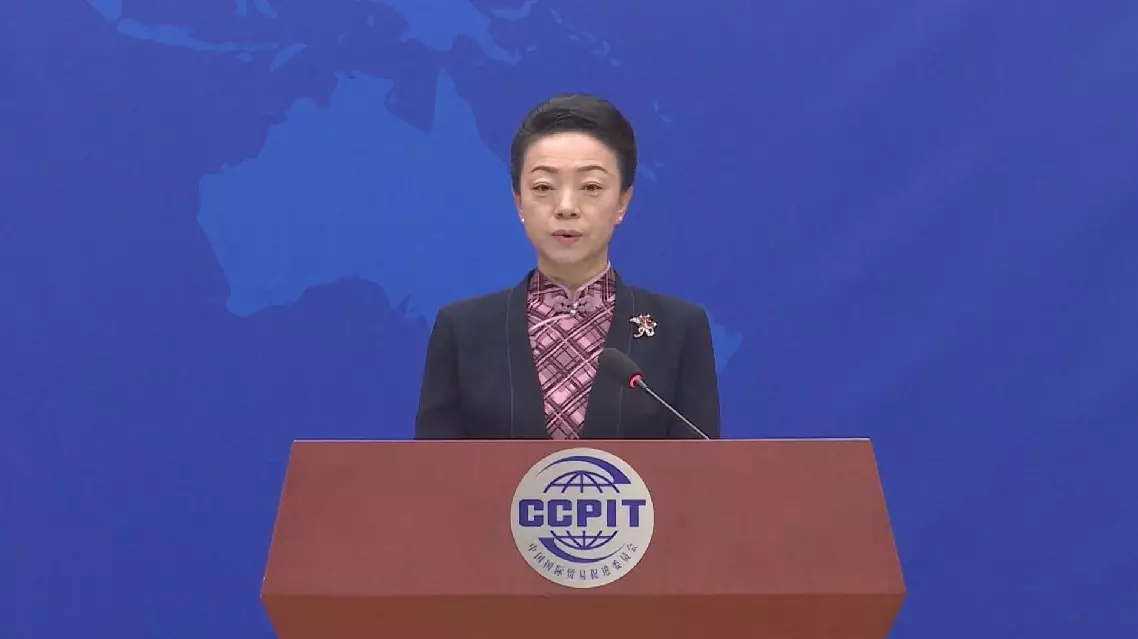
China Pavilion for Expo 2025 Osaka finishes underground foundation construction
As international gold prices continue to climb, gold prices in China have reached record highs.
On Wednesday, several major gold brands reported prices for pure gold jewelry exceeding 1,000 yuan (about 138.63 U.S. dollars) per gram, marking an all-time high.
On Wednesday local time, gold futures for June delivery on the New York Mercantile Exchange surged to 3,332.08 U.S. dollars per ounce, marking a 2.85 percent increase and setting a new all-time high for international gold prices.
Meanwhile, London spot gold prices briefly climbed above 3,310 U.S. dollars per ounce during intraday trading.
Since the beginning of April, gold has gained over 5 percent.
Driven by the momentum, the main gold futures contract listed on the Shanghai Futures Exchange once surged to 782 yuan per gram, setting a new record high. The spot gold price denominated in RMB has risen by about 26 percent so far this year, approaching the total gain for the whole of last year.
Recently, several major financial institutions, including Goldman Sachs, JPMorgan Chase, and UBS, have raised their forecasts for gold prices.
Analysts believe that as tariff tensions escalate once again and Asian markets show growing enthusiasm for gold investment, gold prices are continuously reaching new record highs.

China's gold prices hit new highs amid global market rally

China's gold prices hit new highs amid global market rally



